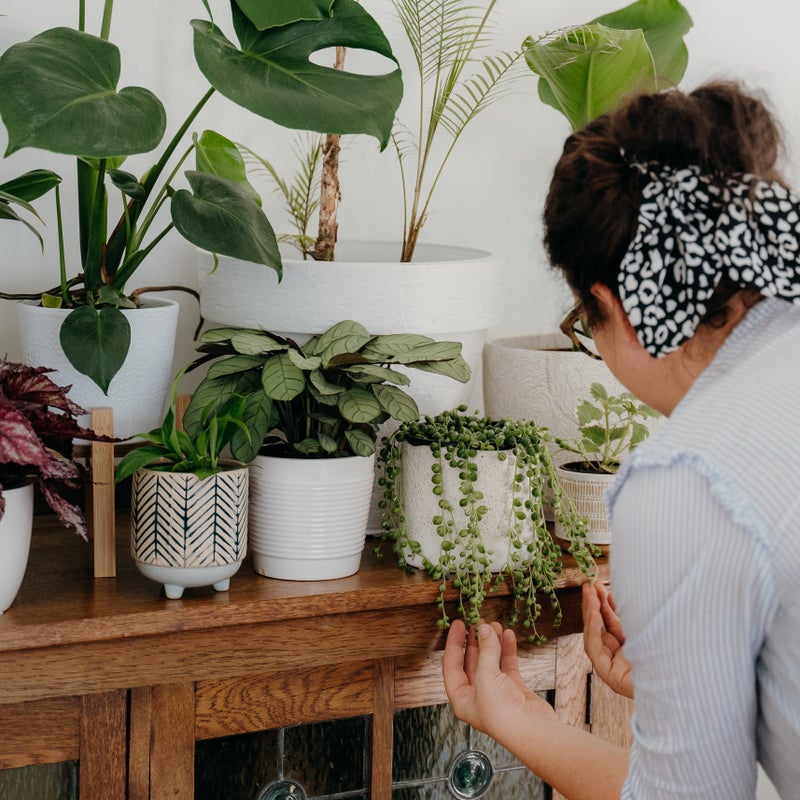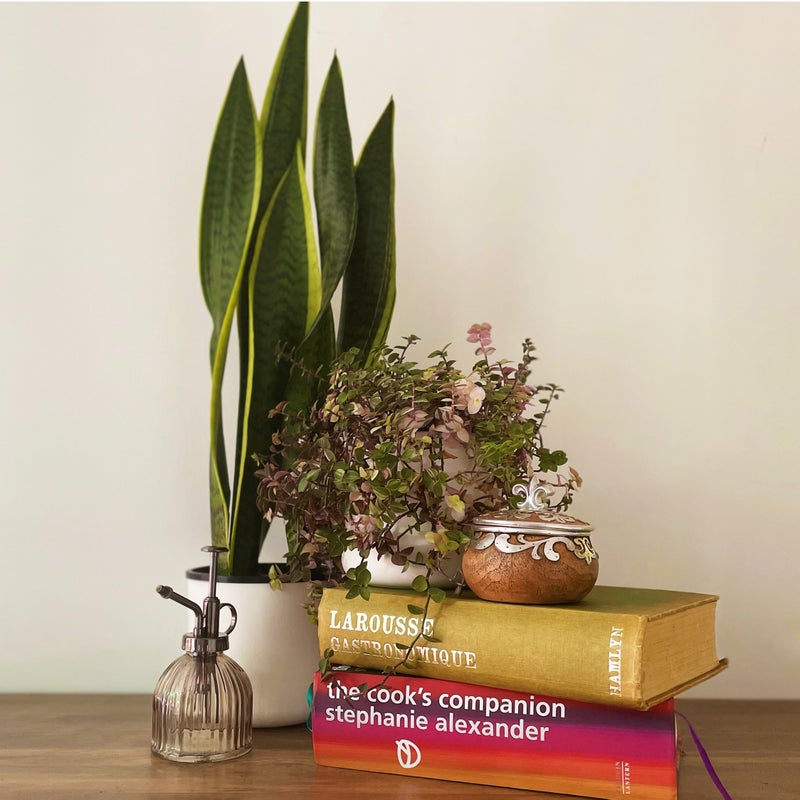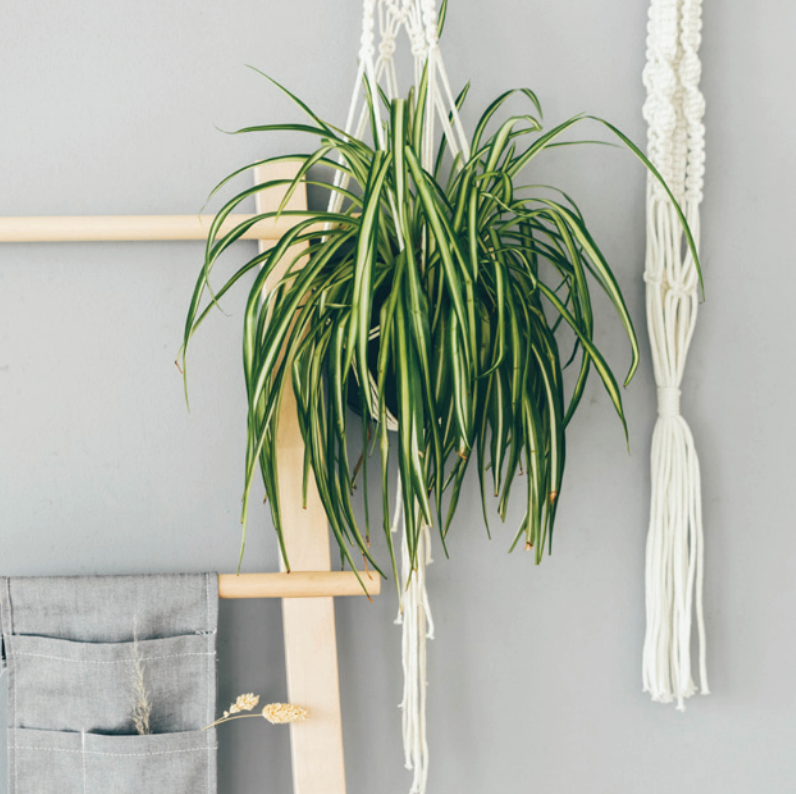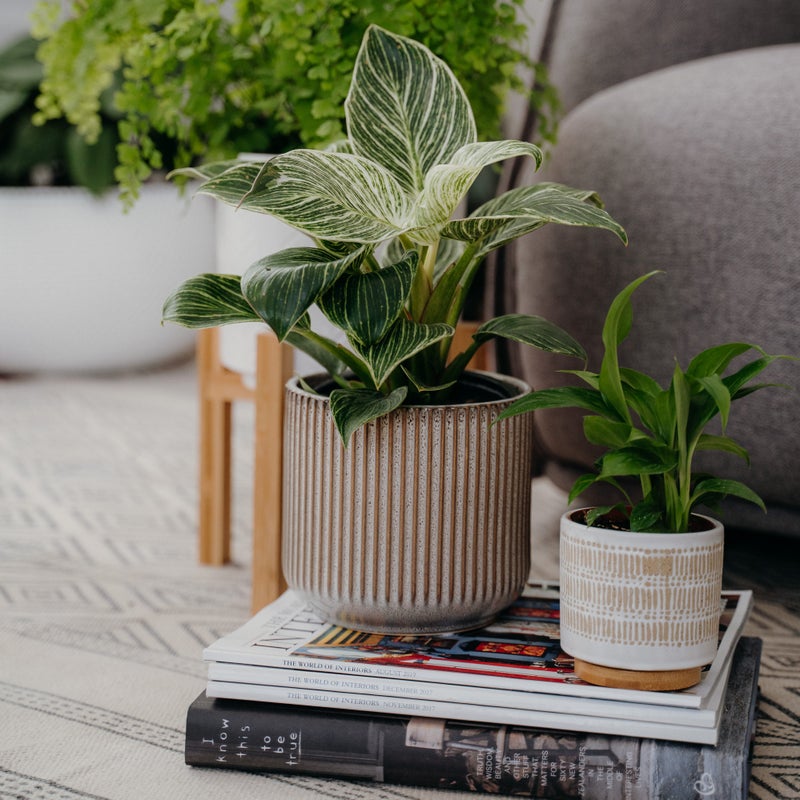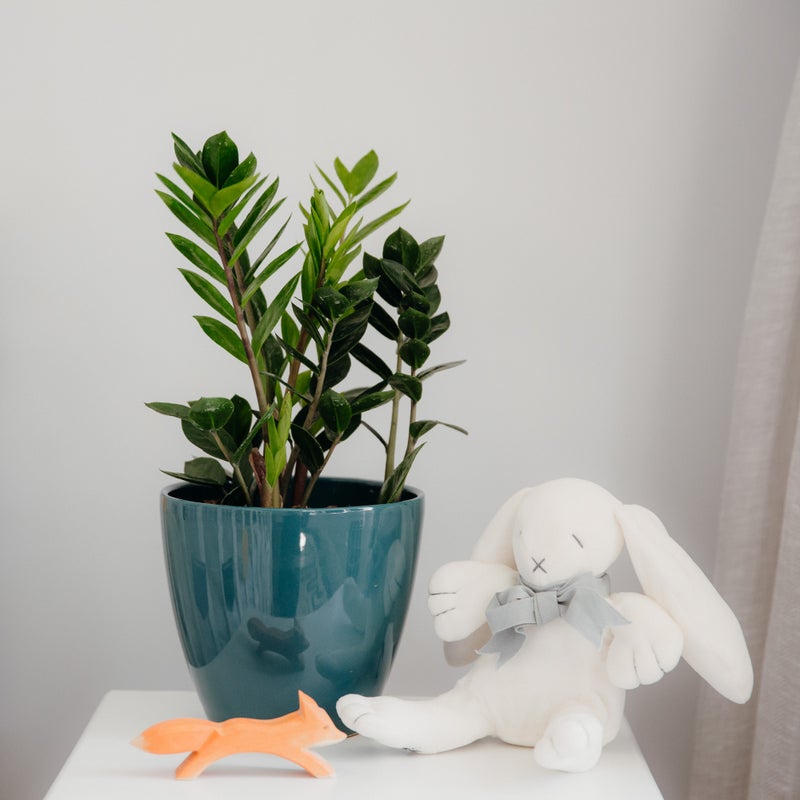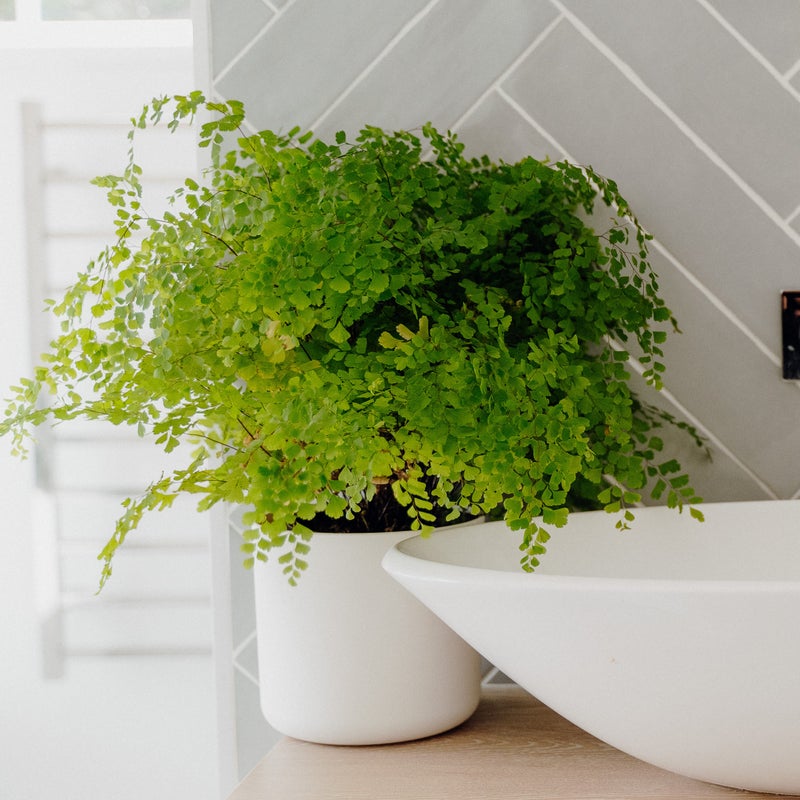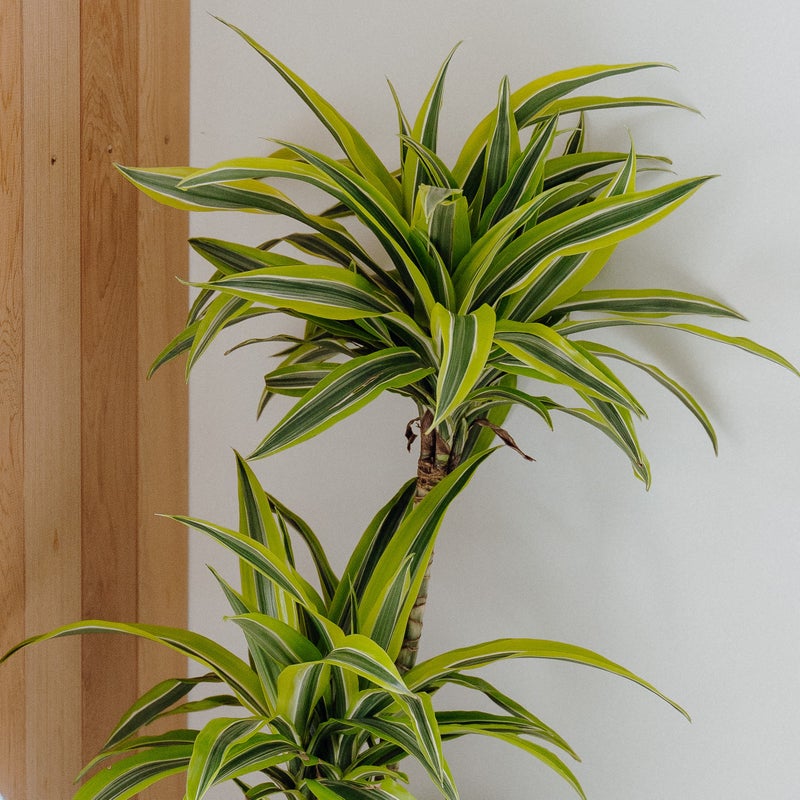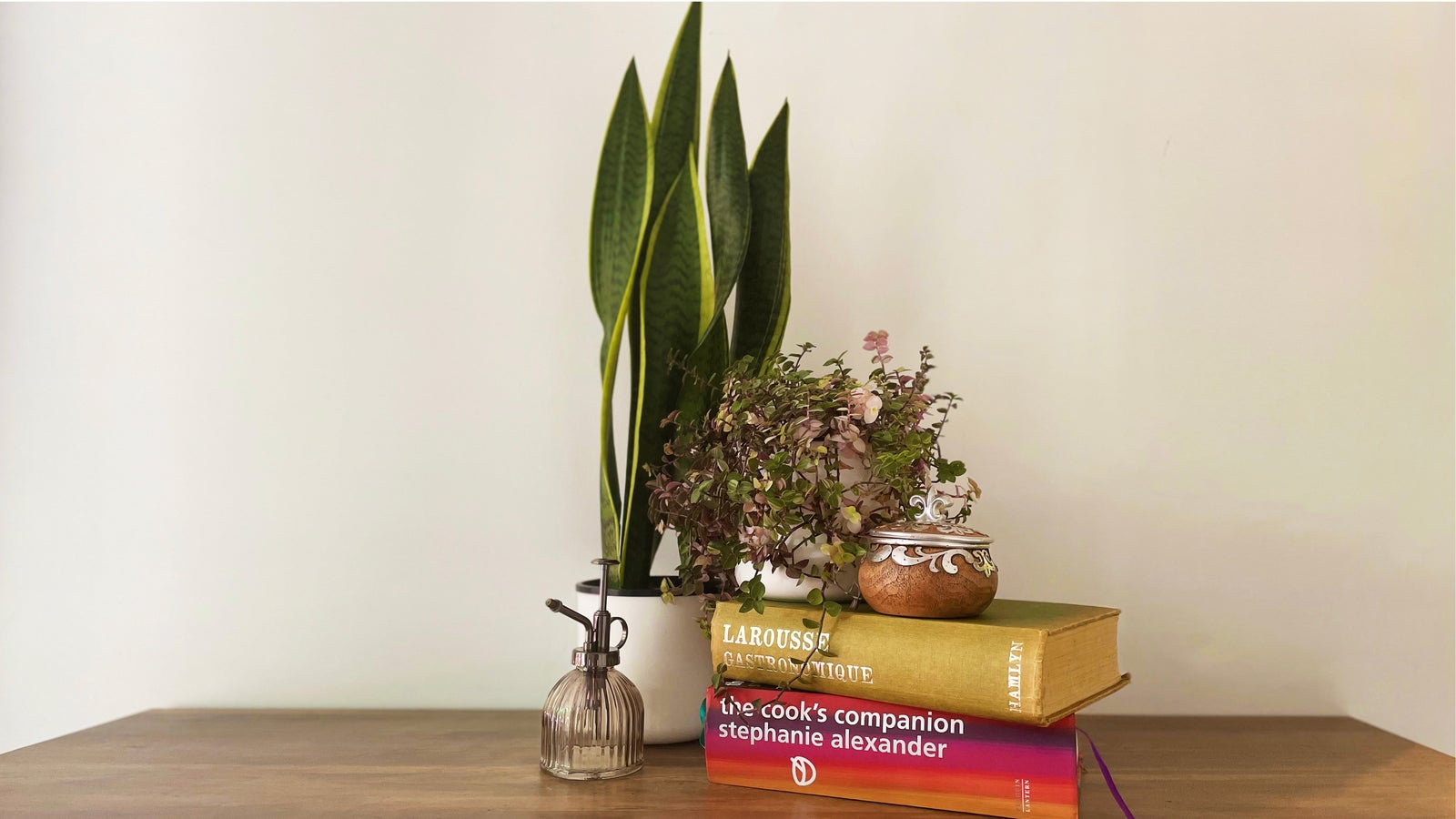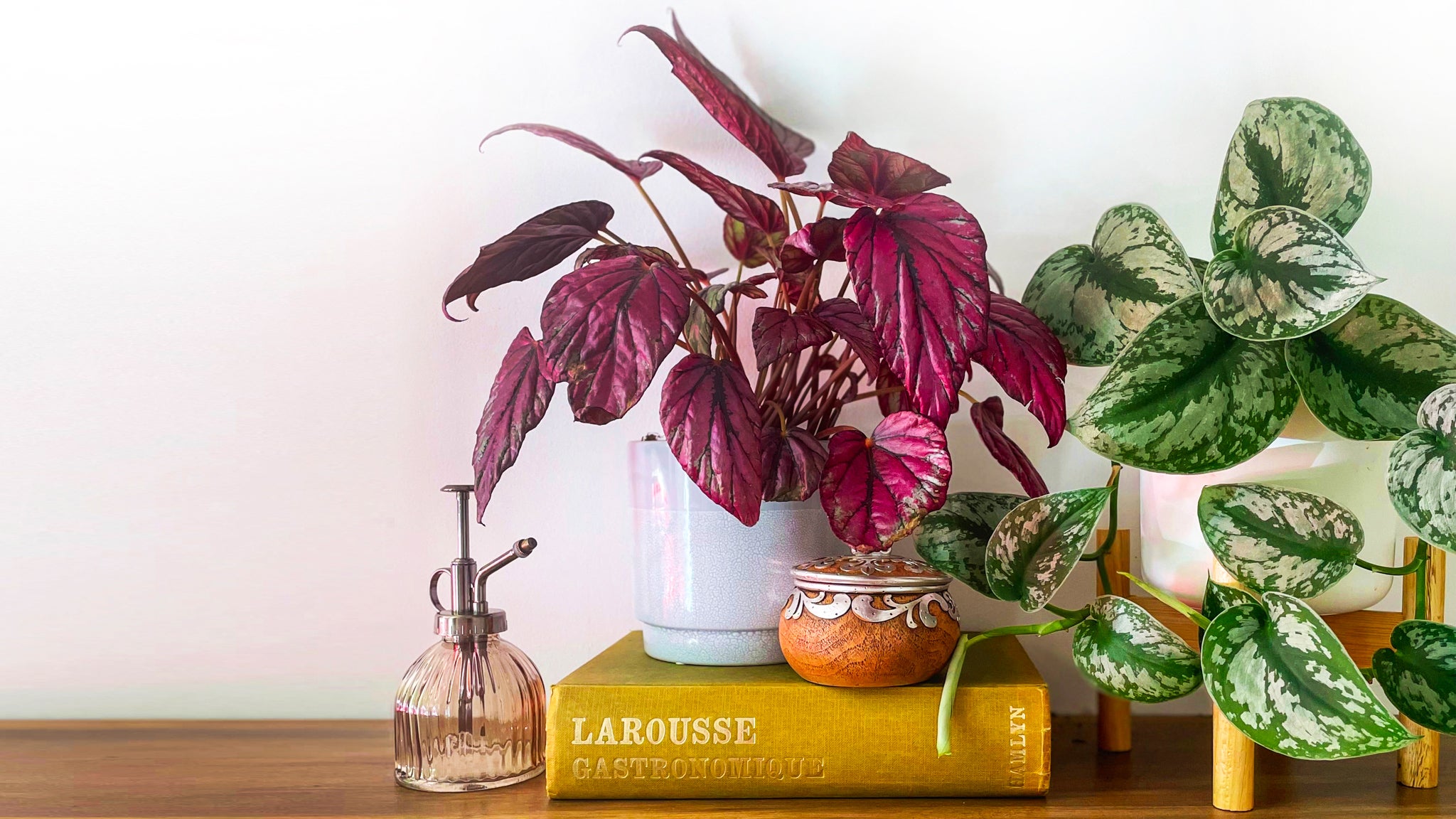
Bring Nature in with Indoor Plants
01 Dec, 2021
How to style your indoor plants
When it comes to the question of how many is too many, we think you can’t have enough! The key is making sure they all look great together. Below are a few tips on how to make the most of your indoor jungle paradise
Top Varieties
Before you fill your home with our stunning range indoor plants, we suggest reading ahead to find the perfect match for your home.
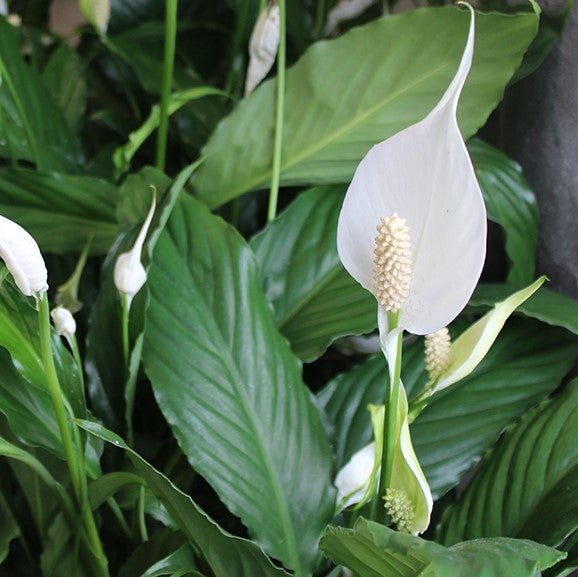
Peace Lilies
Incredibly easy-care, provided you keep them out of direct sunlight. Peace lilies look great and help remove toxins and oxygenate the air.
Conditions: Grows best in bright indirect light, though will tolerate darker conditions. Keep soil moist and feed monthly with Kings Houseplant Food to keep them happy and healthy.
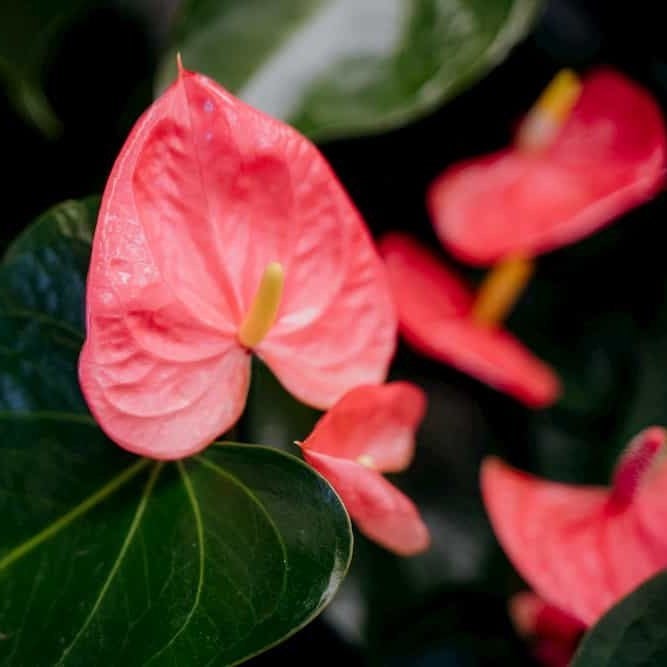
Anthurium
Easy-care, tough, and gorgeous. Keep in an area out of direct sunlight. Great for removing toxins and oxygenating the air.
Conditions: Prefers bright, indirect light. Rarely needs repotting. Unlike most plants they do best when pot bound. Keep soil moist and feed monthly to improve flowering.
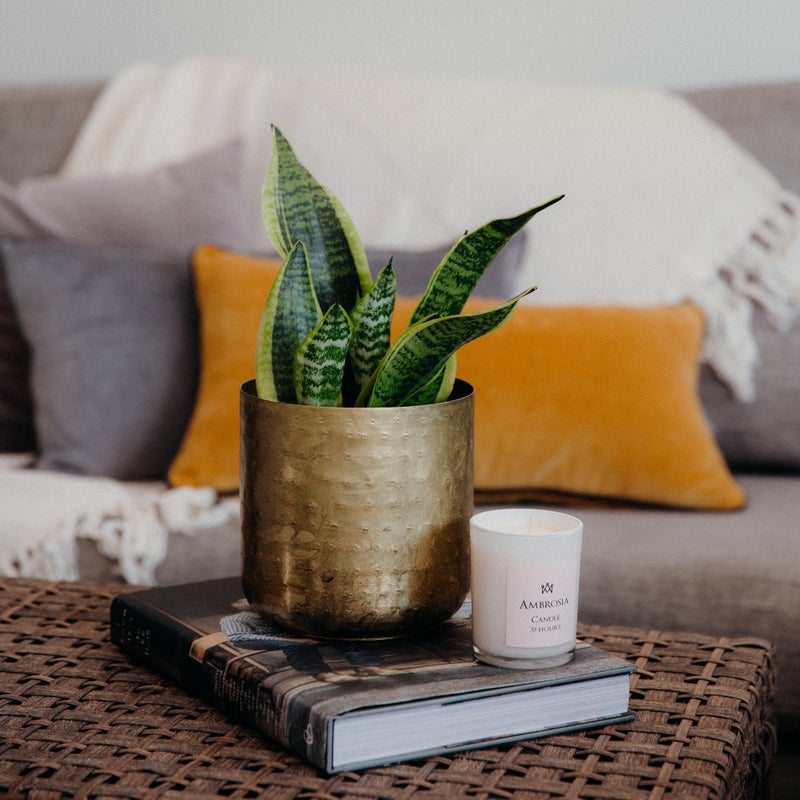
Sansevieria
This carefree succulent tolerates neglect extremely well. If you’ve had no success with houseplants (other than plastic ones) give the snake plant a try. It also removes toxins from the air.
Conditions: Prefers bright light, though it will tolerate low light conditions too. Allow the soil to dry between watering.
Watering
Summer means regular watering. Unlike winter, you can be a bit more structured with your watering days. However this can change depending on if it’s wet or cold for a few days in a row. Regardless, always check the soil's moisture with your finger before topping them up.
Watering is essential for ferns and carnivorous plants. Never let them dry out completely. Instead put a saucer under each pot and make sure they are filled with water everyday.
Light
Light requirements will differ between plants, and some may need to be moved away from windows as the sun’s position moves for summer. Most indoor plants don’t enjoy the direct sun and instead, like to be just out of the sun's rays. Imagine a rainforest and where these plants would be naturally situated.
Cacti and most succulents, however, do enjoy the direct sun. If they haven’t been exposed to hot summer sun yet, slowly move them into more desirable areas instead of doing it suddenly – as even these can get sunburn!
Feeding
Fertilise your larger plants such as monsteras, ficus, and dracaenas with Kings Slow Release House Plant Food at the start of summer and again at the beginning of autumn. Water in well.
With medium to smaller plants, feed them with a liquid fertiliser such as Kings Liquid House Plant Food. Spray indoor air plants with water. Rainwater is best as it usually has more minerals than filtered or tap water.
